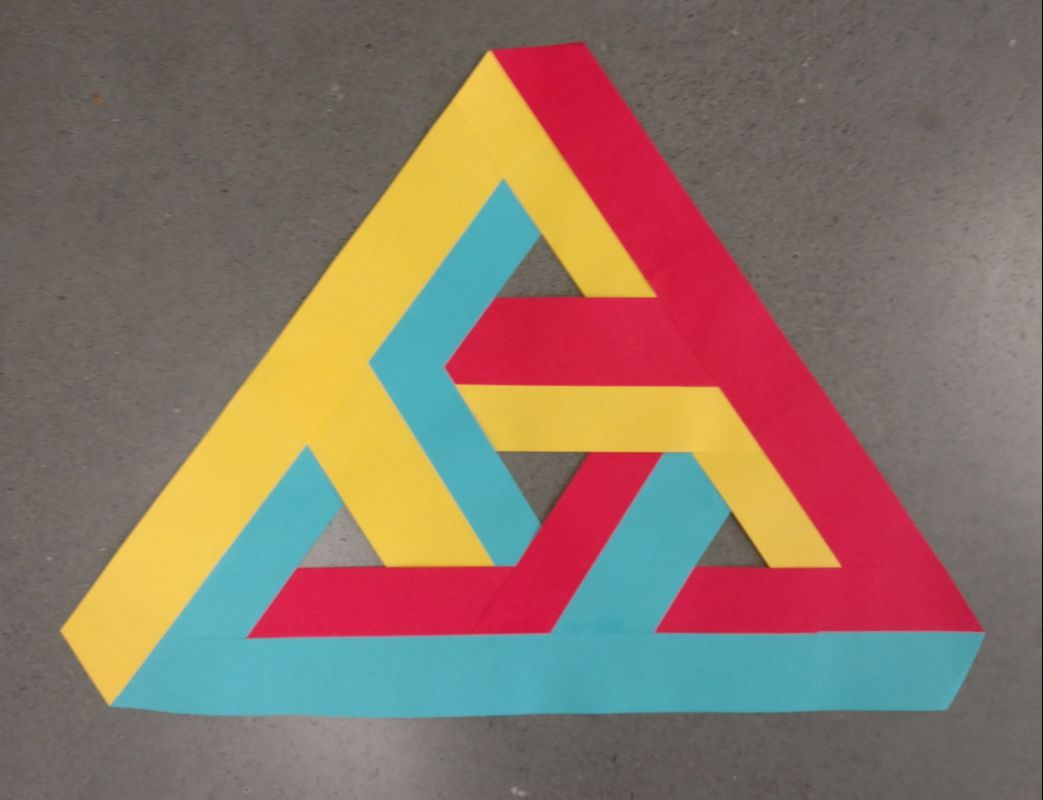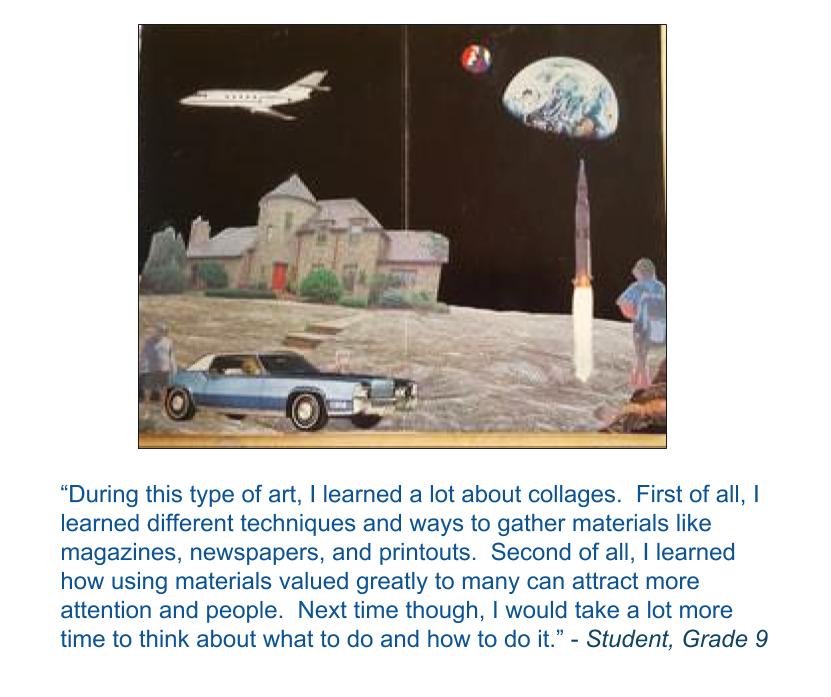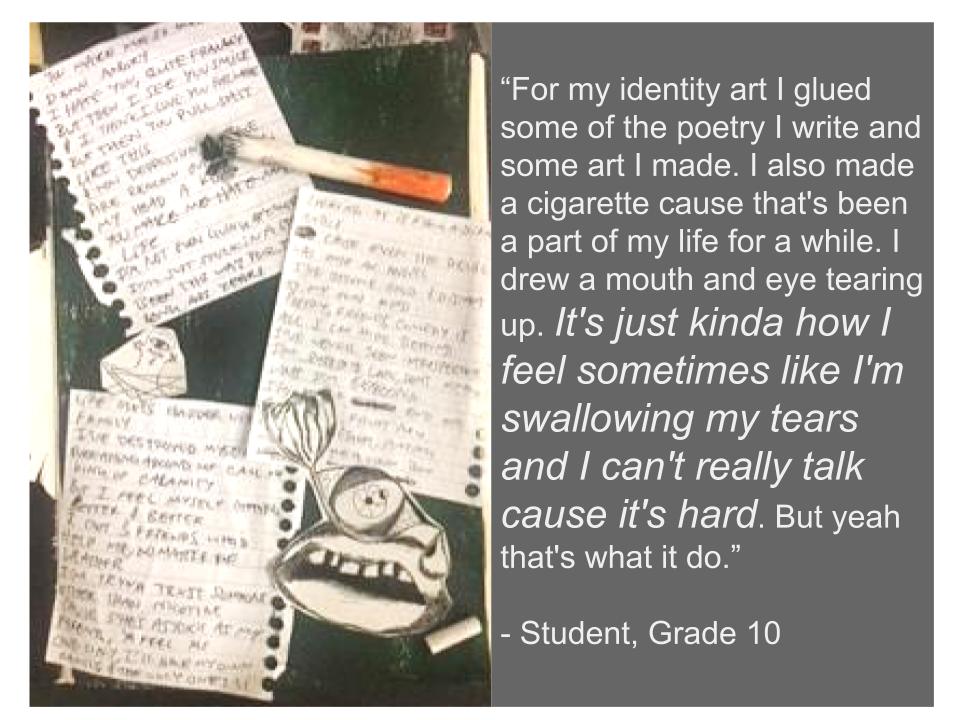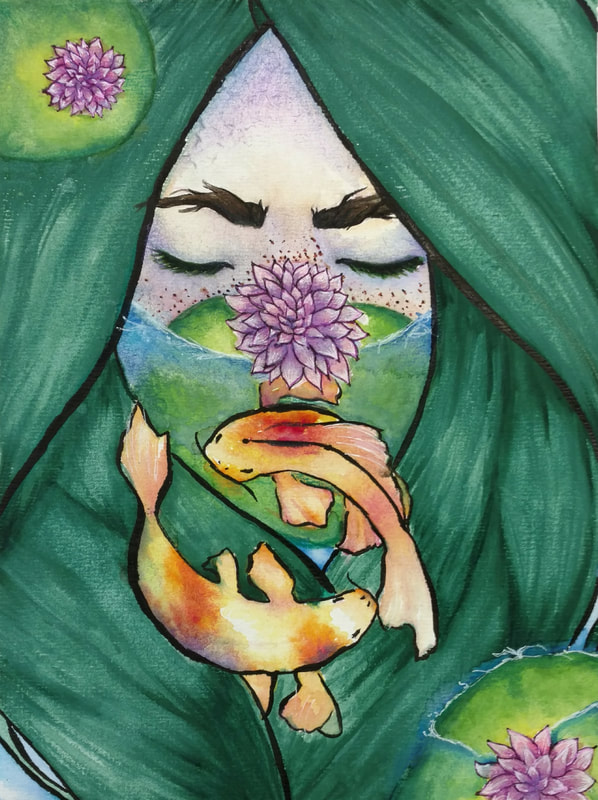|
I see reflection as an essential part of learning in my classroom but I don't always like the way I teach it. I've been doing some form of student blogs for years. When I get kids who like to write or are good at writing, the results are wonderful and reading blog posts is like having a window into their souls, highlighting both thought process and analytical ability in a particularly illuminating way. But not all my kids like to write. Not all my kids have the skills to easily write. Many of my kids are uncomfortable with technology. In fact, many of my students absolutely hate writing blog posts. Like, hate it enough to not do it, or whine about it a lot, or put it off again and again. All of these things both drive me crazy and show that what I'm doing isn't working. So I experiment with solutions, my goal being to provide options that make it possible for every student to succeed in creating a digital portfolio of work with high quality, written reflection. There two issues that I see occurring again and again. The first is that the writing of some students is low quality; general, vague and not really about anything real or of importance. The second is the negativity many kids feel about writing reflective blog post. It seems like my options are to punish poor writing with bad grades or to accept lower quality writing than I'd prefer. I don't like either of those choices. I've been trying something totally simple and easy over the last few weeks that has made my kids' writing better and resulted in much higher comfort level with reflective writing: vocabulary lists. The first time I tried this, for our optical illusion challenge, I generated a list of around ten words, with definitions, listed them on the board, then asked kids to use at least three in their writing. I did this instead of assigning a writing prompt as I typically would, like "Write about how you used optical illusion in your work". I just asked them to write about their work using three words from the list. It had a big impact on the quality of writing I received. The examples below are from a student's blog and show his writing before I tried listing vocabulary as well as after. Check out how much more specific his writing gets! Before the vocabulary listAfterPretty cool, isn't it! The next reflection I assigned was about the theme of Identity. I listed two vocabulary words: identity and symbolism. Below is a before and after of a student who loves to write but hates blog posts. BeforeAfterI've noticed pretty consistent improvement across the board with the quality of writing. I've also observed a distinct drop in whining and procrastinating. The takeaway, for me, is a suspicion that a list of vocabulary feels easier to my kids than the writing prompts I've been using. The vocabulary gives them structure for reflection and is, at the same time, open ended enough to apply to kids' diverse interpretations of the themes and challenges I use in my teaching.
I'm realizing more and more this year that I need to simplify, support and be specific with my instruction to create an environment that all my kids can be successful in. Listing vocabulary is a fairly simple step for me and supports student learning by specifically showing them what I what them to reflect on.
1 Comment
My instruction with Art 1 progresses from small and safe to big and open. We start slow, building courage and capacity, with weeks of Bootcamps, then on to themes, where there are countless decisions to be made. This week, we're finishing work related to the theme of Optical Illusion. Optical Illusion can seem like a narrow sort of concept at first, but I introduced the theme by asking kids to investigate it in a very broad sense by sharing worked related to linear perspective, impossible shapes, metamorphosis and linear perspective. The work my kids made in response to this theme was interesting and diverse. I’ve been thinking a lot about ways to support excellence in all my students and one area I’ve noticed I needed to think about was reflection. My kids pick from blog posts or class presentations to reflect on learning, and I’ve noticed that some writing is shallow and lacking analysis. Maybe I needed to be more specific about what I wanted them to write about. I put a vocabulary list of words related to optical illusion on the board with definitions, reviewed the terms and asked kids to practice using the vocabulary to analyze their work in group. Then I asked them to use at least three of the words in their reflections. As I rotated around the room, checking in with each student, I asked to make sure each one had identified the vocabulary they planned to use. This was easy and made a huge impact on the quality of reflections. Sometimes it's easy for me to assume that all kids know how to do something, but my teaching is so much better when I think about ways to support those who may not.  Student reflection from the notes of their slideshow presentation: "We used repetition of triangle shapes and colors to create the illusion of a never ending three dimensional object. The illusion we created uses depth to make the one color appear in front of another when in reality they are on the same plane." |
Mrs. PurteeI'm interested in creating a student student centered space for my high school students through choice and abundant opportunity for self expression. I'm also a writer for SchoolArts co-author of The Open Art Room. Archives
December 2019
Categories
All
|






 RSS Feed
RSS Feed
